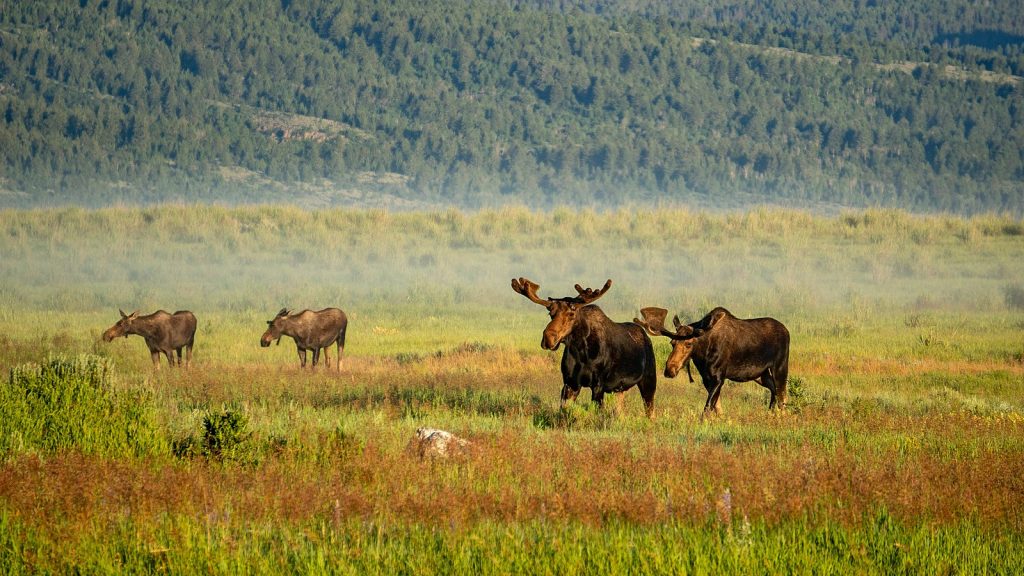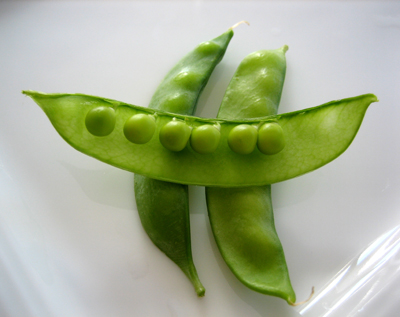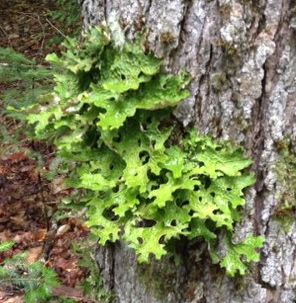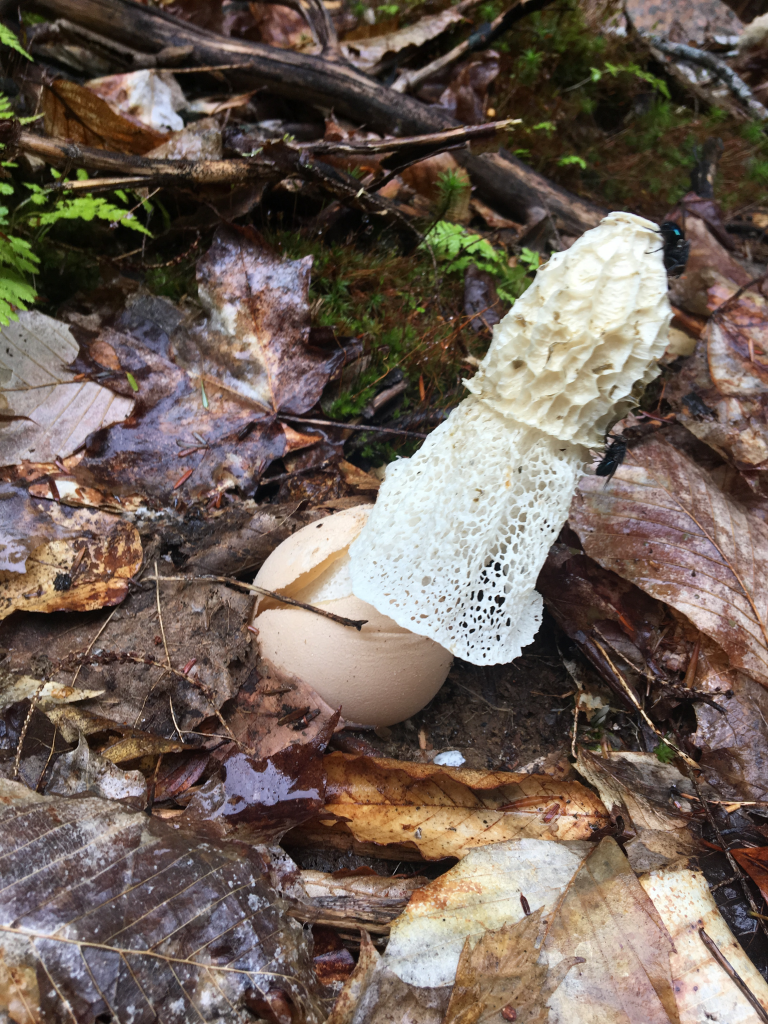Chapter 1: Organisms
This course is about organisms, biological things that most of us consider to be very familiar. The idea that life comes in packages called organisms is something that we all accept. And, for most students, the study of biology, at least initially, is focused on organisms, most often humans or things that are much like humans (mammals). Like a number of biological concepts, ‘organism’ is sometimes hard to pin down and there are certain situations where the concept of organism doesn’t apply very well, especially for some of the forms of life covered in this course. An understanding of organisms is enhanced by viewing them comparatively and by viewing them from different perspectives. This course views organisms from four different perspectives, considering descriptions and comparisons of their (1) structure, (2) reproduction, (3) acquisition of matter and energy and (4) their interactions with each other and the conditions present in their environment.
Our first task is to try to define what an organism is. Let us start by looking at things that might be considered organisms:

The most obvious organisms are the moose. Their structure and development make their organismal nature easy to define. Other parcels of life, the grass, forbs, shrubs and trees may be more challenging to package as organisms. The next three figures present living things that perhaps are not as obviously organisms.


Defining an organism

What are organisms? They are a manifestation of life, a ‘living thing’. For most people organisms are the idea in their head when the term ‘a living thing’ is mentioned, but biologists appreciate that ‘living things’ don’t have to be organisms, they could be parts of organisms (fingers, cells, membranes) or groups of organisms (populations, communities) and maybe even something that mixes life and non-life (e.g., cell walls, soils). Life itself is hard to define and it is manifested at many scales of time and space. It is important to appreciate that there are ‘living things’ that aren’t organisms; organisms are just one manifestation of living things. But what is special about the organism that sets it apart from other levels of biological structure? Can we pin the word down?
“When I use a word,” Humpty Dumpty said in rather a scornful tone, “it means just what I choose it to mean—neither more or less.”
Words are essential to biology because they provide a means of communication and without some conformity on definitions communication can be difficult. At the same time, some words need to remain somewhat ambiguous because to pin them down too far renders them useless. Additionally, a word can shape thoughts and keep us from seeing phenomena. ‘Organism’ is perhaps such a word!! Here are some attempts to define an organism, each followed by some limitations of the definition:
- An organism is a fundamental unit of life: ‘Fundamental’ is a pretty vague term (which indeed might make this definition more useful!) but many would consider that a cell is the fundamental unit. It is important to realize that sometimes cells are organisms but sometimes they are just components of organisms. Most colleges teach a course on cell biology but (surprisingly!) courses on organisms are less common.
- An organism is a unit of life that can reproduce: One of the characteristics of organisms is that they can replicate themselves, but they are hardly unique biological entities in this respect—cells, DNA, organelles and sometimes even communities can replicate themselves. And one might be able (depending on definitions) to come up with organisms that lack this ability (see the discussion of caterpillars below).
- An organism is a cell or group of cells that is genetically distinct and genetically uniform. For familiar organisms (i.e., humans) this seems to work. Generally, a human organism is genetically distinct from its parents and from its offspring, and its cells are genetically uniform (except for sex cells). However, most unicellular organisms and many multicellular organisms produce ‘clones’ of themselves that are genetically identical but most would consider the offspring to be new organisms. Indeed, humans occasionally have identical twins, with two individuals that are identical genetically, and few (especially the twins!) would consider them one organism. Armadillos take this a step further and always give birth to genetically identical quadruplets.
- An organisms is a cell or group of cells that is spatially separated from other cells, a spatially discrete unit of life. Thus, individual cells are organisms (unicellular organisms) when they are not attached to other cells but if they are in a cluster (i.e., attached to each other) then the cluster is considered an organism. This works pretty well but there are problems:
- Sometimes connections are hard to see and what we consider to be separate organisms (e.g., aspen trees) are actually connected below ground by their root systems. Is the tree an organism or the cluster of trees an organism?
- Pieces of organisms break off and become spatially discrete (e.g., leaves fall off a tree)—are falling leaves organisms since they are now spatially discrete? What about egg and sperm, they are spatially discrete bits of life, should they be considered organisms?
- It is common to have spatially discrete structures (e.g., lichens, corals, mycorrhizae) that are composed of cells that have very different genetic constitutions (lichens consist of a fungus and an alga, corals [often] consist of an animal and an alga; mycorrhizae contain a plant and a fungus). Generally, we consider associations of organisms to be a community, but maybe communities can be organisms?
- What constitutes attachment? Mosses and lichens are attached to trees but most would not consider the combined entity to be an organism. Barnacles attach to whales but the combination is not considered a single organism.
- An organism is a unit of life that is ‘self-sufficient’, that can ‘make it on its own’: Mosses and lichens don’t need the tree, they simply need to attach to whatever is available. In contrast, a liver needs the rest of your body in order to survive. Red blood cells circulat ing in blood are not considered organisms whereas Paramecium or an amoeba circulating in a pond would be because they can survive on their own. However, there really are very few organisms that are truly ‘on their own’ and self-reliant: cows need grass, cows need a particular group of organisms in their digestive system, pine trees need fungi associated with their roots, and, as we will study, all plants need bacteria and fungi. Almost all organisms depend on other organisms for their livelihood and it is very hard to use ‘self-sufficiency’ to define an organism.
- An organism is a unit of life that is distinct in time; it has a starting point and an ending point. For familiar (sexual, multicellular) organisms the start might be fertilization of an egg by a sperm and the end might be considered death. But organisms might start and end different ways. Consider a butterfly (the entity that can fly) : one might argue that it starts when it emerges from a chrysalis and ends with the death of the butterfly. Similarly, one could argue that a caterpillar is an organism that starts as a fertilized egg and ends as a chrysalis. This certainly isn’t death but it is the end of the caterpillar. Thus, we might say that the thing we generally call a butterfly exists in two different forms, both of them organisms: a caterpillar and a butterfly. Or consider a particular interesting form of life called a cellular slime mold. It sometimes exists as amoeba-like single cells. The cells engulf other bits of material, both living and dead, grow and divide to form more amoeba-like cells. When conditions are right the cells aggregate, forming a multicellular slug a few millimeters long that moves briefly in a manner reminiscent of a slug and then stops moving and undergoes a transformation into a stationary entity with a base connected to a thin stalk standing up to 10 mm in height with a ball at the top of the stalk. In time, the ball breaks open, releasing single cells that are dispersed and can grow into more amoeba-like cells. Like butterflies (and, as we will see, like some plants), cellular slime molds have multiple forms, in this case three: one form that specializes in eating (the amoeboid cells), one specialized for moving (the slug) and another that specializes in reproduction (the fruiting body). Thus, some ‘living things’ exist multiple forms, and each of them might be considered ‘an organism’. And each form has a starting point and an ending point but they may not be the familiar ones of fertilization (union of an egg and sperm) and death.
- Organisms change through time, that is, they develop, changing in structure and in function. The simplest life-cycle pattern is a single cell that ‘begins’ when it is produced by the cell division of an existing cell and ‘ends’ when that cell divides to produce two daughter cells. Aside from growth, the basic structure (form) of the cell remains the same but internally (physiologically) there are a host of transformations (i.e., development) that allow for the acquisition of the materials necessary to form a new cell as well as changes that allow for division to take place. Multicellular organisms generally start with a single cell that proliferates to many cells, and the cells stay together after divid ing to produce a multicellular form that generally changes structure substantially, especially at the early stages of development. In many familiar organisms the cells that are ‘passed on’ (i.e., that can initiate the next generation) are of two types (e.g., egg and sperm) and they need to find each other and unite in order to form a cell that is capable of dividing to produce a new multicellular form. But this is often not the case, as we will see when we study reproduction, for many organisms a single cell released from a parent organism may undergo the developmental process that form a multicellular organism.
- The development of familiar (animal) organisms is usually quite regimented and results in a fairly consistent ‘final’ form. But we will see that the development of some ‘inanimate’ (i.e., non-animal) organisms is not as rigid and, in fact, many of the organisms that we will consider don’t produce a ‘final’ form (an endpoint), they keep growing and growing. How do organisms end? The end of an organism doesn’t have to be death by ‘old age’ (‘wearing out’) or by being ravaged by environmental conditions (e.g., cold weather) or biotic interactions (a disease or a predator). The end of some organisms is an aspect of development, e.g., the end of a caterpillar is the formation into a chrysalis, the end of the ‘slug’ stage of a cellular slime mold is its transformation into a stalked structure. This brings us back to the question of reproduction. As was mentioned above, one could argue that some organisms don’t reproduce themselves: caterpillars don’t make more caterpillars, they make butterflies; and butterflies don’t make more butterflies, they make caterpillars. We will study a number of ‘biological things’ that exhibit life cycles that include multiple forms, each of which could be considered an organism and each of which ‘passes on’ (produces) a cell or a group of cells that develops to form the next stage (organism), eventually repeating the cycle. Thus organismal life is perpetuated through time but is manifested in different forms, each an organism. If we consider the individual stages to be organisms then what might we call the entity that includes all stages? Usually it is also considered ‘an organism’ —monarch butterflies are both the caterpillar and the butterfly. This perhaps unfortunate because it obscures some interesting biology; and it certainly makes defining ‘organism’ more challenging. In an organismal sense monarch butterflies are clearly not the same as caterpillars, their structure and function are very different although they are connected to each other, not only through developmental patterns but also in a genetic, evolutionary and taxonomic sense.
- Organisms might be defined by their ability to grow. This requires the acquisition of material and the use of that material to make the organism bigger. Although generally this is the case, there certainly are some things that one might consider an organism that are not capable of growth: consider mayflies (the ones with wings, not the aquatic form). These organisms aren’t capable of growing because they aren’t capable of eating, their mouths are permanently closed! The same thing is true of the ‘slug’ form and the ‘stalked’ form of the cellular slime mold and, as we shall see, many plants transform from a form that is capable of growth to one that is not. Caterpillars grow but don’t reproduce, butterflies don’t grow but they do reproduce. The ability to grow is essential somewhere in the life cycle but does not have to be present in all organisms.
- One final aspect of organisms is that they are considered to be the unit of selection in Darwinian evolution, although occasionally arguments are made for selection at other levels of biological organization (genes, populations).
One of the purposes of this course is to give students a new perspective to understand life. Understandably, we all think that living things (i.e. organisms) are like humans. While all life is fundamentally the same in its chemical composition and in how it functions, there are substantial differences in the way they go about the business of living. We will examine a variety of organisms, some very familiar like pine trees and dandelions, some very unfamiliar like cellular slime molds, and our emphasis will be on comparing and contrasting a variety of features. This study should give students a new vantage point from which to study life’s organization and behavior.
So, what are organisms? They are biological entities that can be defined in space (i.e. they have a boundary and a form–a structure) and can be defined in time (i.e. they have a beginning and an ending and a pattern of development between these times). They function in a way that ultimately results in their reproduction, i.e., making more of themselves. Reproduction necessarily requires the acquisition of materials so that growth can occur. Occasionally organisms have multiple forms and each of these forms can be considered an organism (e.g., caterpillar and butterfly; amoebae, slug and fruiting stages of a slime mold). In situations like these, an individual stage might not both grow and reproduce, but collectively, as result of the action of all the stages, both growth and reproduction are accomplished. As a result of their structure and their activities, organisms interact with their environment and with other organisms.

This course will be studying a diverse group of organisms that at one point were considered plants, considering their structure and how it develops, their ability to reproduce, their acquisition of matter and energy, and their interactions with conditions and with other organisms.
Media Attributions
- Four Moose © Stefan Serena is licensed under a CC0 (Creative Commons Zero) license
- pea pods © Adrian Canada is licensed under a Public Domain license
- Dictyostelium Fruiting Bodies © Bruno in Columbus is licensed under a Public Domain license

